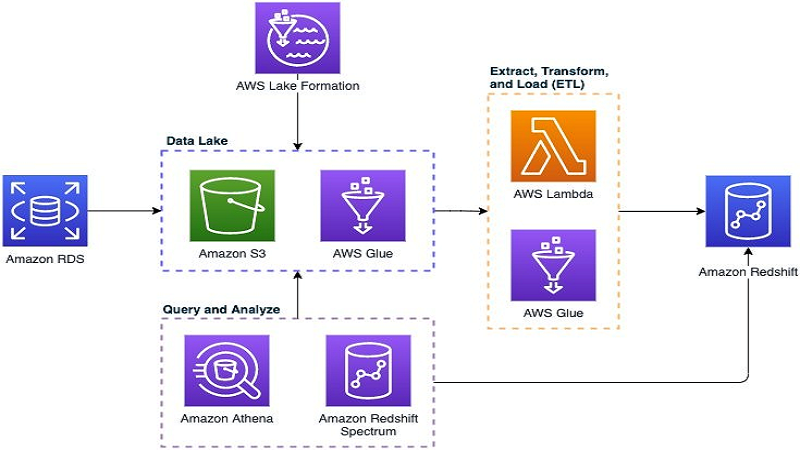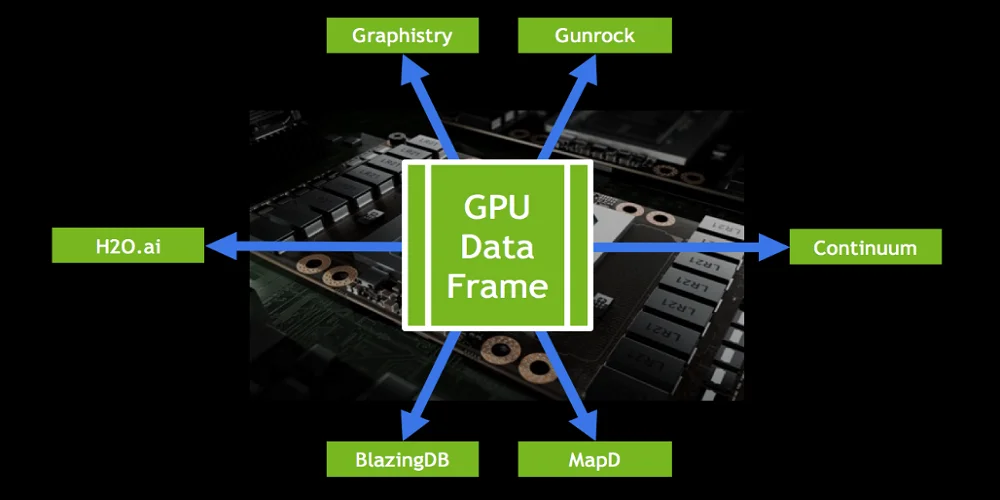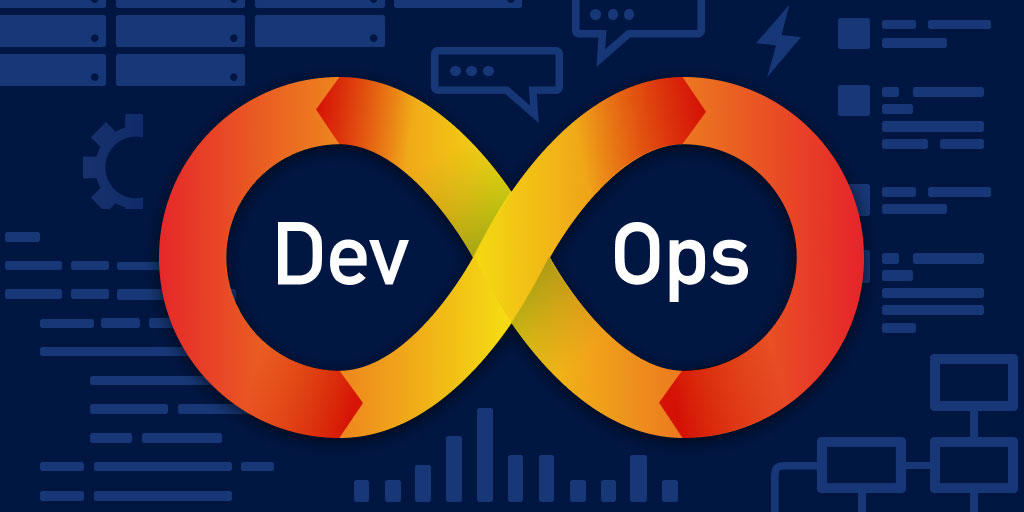Data Management with Redshift AI
Data management could be a time-consuming and multifaceted job for many businesses. With the growing kind of data created daily, having a well-organized and operative method to handle it is more significant than ever. This is where Redshift’s AI automation plays its role. Redshift is known to be the quite controlling DWS that does it simply to examine huge data rapidly and profitably. With the assistance of AI automation, Redshift can aid businesses in modernizing their data administration process, building it quite efficiently and precisely.
Redshift Ai-powered automation can convert your data supervision procedure. It is an essential tool for any corporation that wishes to maintain its competitive edge in today’s data-driven world. Effective data management practices must be replaced by more than just technology. These activities include aggressively targeting data quality, ensuring everyone knows their roles and responsibilities.
Also, it constructs organizational structures such as data source chains, and developing uniform definitions of essential words. In contrast, artificial intelligence is a valuable resource with the potential to significantly grow both efficiency and the value businesses get from their data. Artificial intelligence may dramatically improve an organization’s capability to manage its data effectively. Keep reading below!
Introduction to Redshift’s AI Automation Capabilities
If you are looking for a completely managed data warehouse solution, use Amazon Redshift. This helps countless users to use this service. This data warehouse service upholds industries that secure them with built-in identity management. This data solution further helps users ask questions directly in your Amazon simple storage part. Customers who wish to take their platform to an advanced level should use this Amazon Redshift.
The potential of AI automation in Redshift is revolutionizing data management. It can be utilized in the business of all types. There have been improved complications regarding data analytics. In addition, data volumes are growing at a rapid pace. As a result, the traditional development of data management is finding it difficult to sustain in modernized businesses. It becomes more work for data management to maintain the industry’s standards.
It is also essential to know that the potential of Redshift’s AI automation gives users the freedom to use artificial intelligence power. It will help augment the process of data management. By spotting the patterns in data, doing the tasks repetitively, and offering powerful insights, this data solution enables business owners to make decisions based on data that can occur correctly and quickly. It is divided into:
1) Amazon Aurora Innumerable Databases
Users should remember that a new version of the Aurora database has been introduced in the business market, which automatically goes beyond the limits of writing its present potential. Developers will be able to develop applications that transcend the boundaries of earlier Aurora databases that were used.
2) Amazon ElastiCache Serverless Affiliated To Addresses Scale
Business industries save data frequently in caches so that it can help users access it with ease. The innovative potential is designed to help users build caches that can be developed quickly. The best thing is that the available caches can be transformed to any size. Often, the data that is used need not be divided and shared among innumerable caches. Hence, it will simplify the development of applications. Last but not least, when you use this Amazon serverless address with the help of AI, it will help you know how much work you will have in the long run. It will also scale up and down to augment the resources.
Critical Features of Redshift’s AI automation tools

Today’s inclusive variety of tasks may be achieved with the help of AI tools, which are software applications that use AI. Automating daily tasks, offering understanding encouraged by data, and helping rationalize procedures are all promising uses for them. AI can be chance extensive VAA wields and apps, ranging from medical to economic sectors. With the help of machine learning and natural language processing, Redshift’s AI solutions can help enlighten the production of activities already in place. Your needs are handled by Amazon Redshift Consulting Services, which offers services ranging from efficiency improvements to data modeling and architectural design.
- To develop targeted marketing campaigns, solutions powered by artificial intelligence may evaluate client data stored in Redshift.
- Automated artificial intelligence can improve data management by identifying real-time fraudulent actions.
- Through detecting and correcting mistakes, duplications, and inconsistencies in real-time, artificial intelligence automation has the potential to simplify the data cleaning process. Consequently, this guarantees that the information kept in Redshift is always correct and up to date.
- To predict future trends, the data saved in Redshift may be evaluated using AI algorithms.
Take a closer look at how Redshift’s AI-powered automation is the perfect cog for productivity. It makes data sharing more accessible, along with integrated solutions.
Let’s explain how Redshift provides competent answers
- Serverless optimization is proactive and handles complex queries smartly. With the increase in the database, decentralization is necessary. It works well for the external and internal needs of an organization. AI works for the ultimate shopping experience, spanning geographical sites, wish lists, and predictive analyses. The optimizations are tailor-made. The most significant advantage is spending less time in data warehouses where maximum mistakes occur.
- SQL recommendations promise a great deal with the Query Editor. After installation, the system uses algorithms to understand patterns through observation and learning. The serverless endpoint is optimized, and data insights are extracted without effort. All you need to do is describe the information from the available data in natural language.
- AI automation brings simplicity to copious data management. It also considers unstructured data from PDFs, text, or images. With data extraction at its peak, it is possible to hit the target from the source.
- Unfortunately, not all data is of valuable quality. AI algorithms are most helpful in rooting out wrong information. AI can prune inconsistencies, errors, and incomplete data. It is a huge time-saver and provides efficiency in workflows.
- With the help of GPT, it is now possible to integrate data with NLP. It serves best for studying analytics and contributing to deeper insights. This can be pulled from customer feedback, social media, and documents.
Know The Benefits Of Automation AI In Data Management
- Automation AI’s use in data management plays a significant role. It creates a revolution in the business. The way the business tackles the data is changed in AI automation. Any company can use artificial intelligence’s power in their businesses. As a result, companies can enhance efficacy, streamline intelligence, and will be able to make the right decisions based on the insights that are driven by data.
- Another advantage of AI automation in data management is that it can deal with much data that individuals cannot. You can assess AI algorithms in the fastest possible time and use many data sets. It will also help spot various trends and patterns that may go unnoticed during the manual process.
- In addition, AI automation enhances the accuracy of data. This can also lessen human mistakes and ensure the data is updated. Another advantage of this AI automation is that it helps users make correct decisions, which can lead to better results in the future. As you embrace this technology, business owners will have innovative opportunities. They can notch better efficiency while managing their data assets.
Conclusion
There is a giant leap between the generation of data and the evolution of data management. Today, AI’s assistance makes it impossible to harness it efficiently. Automation provides the necessary tools to handle the complexity.



